16 Best Cinematography Techniques for Beginners
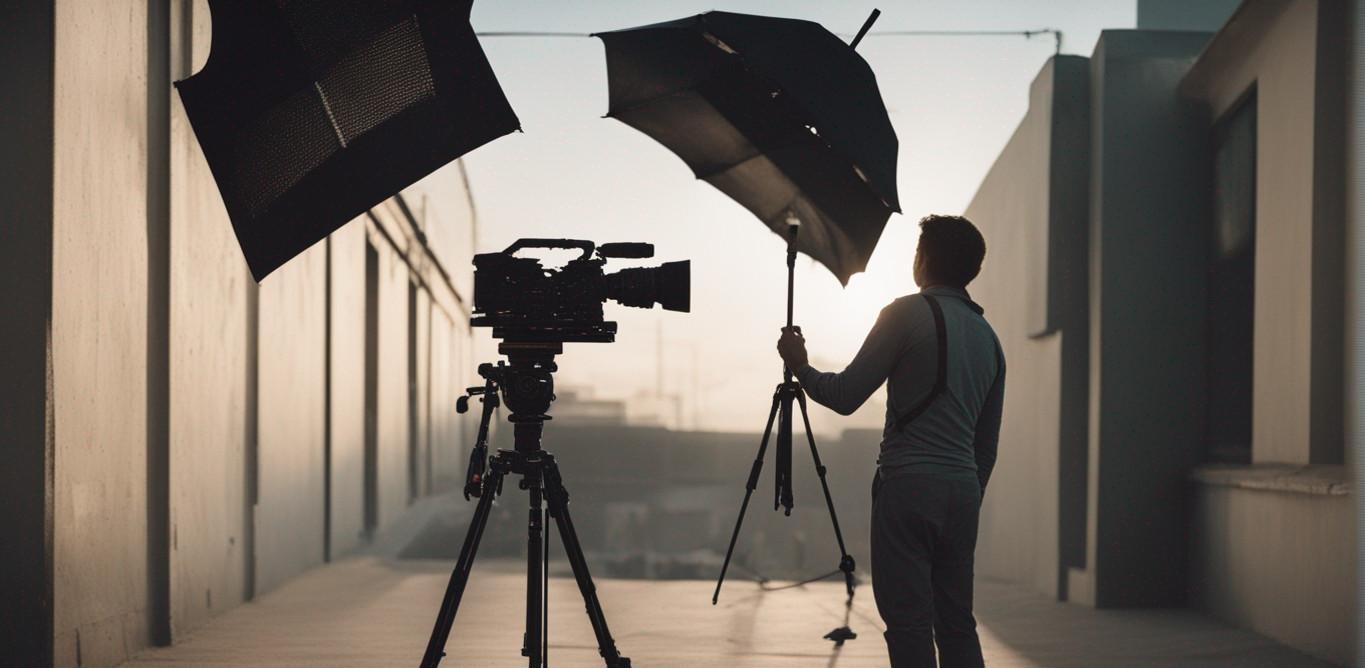
Embarking on a journey into the world of cinematography opens the doorway to the fascinating realm of visual storytelling in film. This blog post will be your guide to understanding the best cinematography techniques for beginners. We'll start by orienting you with the age-old tool of every cinematographer: the film camera, followed by the art of manipulating lenses to create varying visual effects. You'll learn the pivotal role of lighting and master the secrets of composing aesthetically pleasing shots. We'll explore the psychological influence of color, the profound impact of framing on storytelling, and the power of close-ups. We'll also review the importance of sound, delve into the magic of slow and fast motion techniques, maintaining continuity, and how you can practice cinematography even from the comfort of your home. Each section will be packed with tips and hands-on exercises to get you started on your filmmaking journey. Be ready; the set is about to roll!
1. Understanding the Basics of a Film Camera

One of the best cinematography techniques for beginners is gaining a thorough understanding of a film camera, which acts as the artist's brush in the world of filmmaking. It's vital to familiarize yourself with the various parts of the film camera. This includes, but is not limited to, the lens, the aperture, the shutter, and the film speed chamber. Each part works in unison to capture images, but knowing how each component functions individually can aid in troubleshooting issues, adjusting for different filming conditions, and achieving the desired visual effect.
The significance of understanding the workings of your film camera cannot be overstated. The film camera is essentially a tool that is just as crucial as the script or the actors in giving birth to a celluloid wonder. For instance, correctly identifying your camera's focal points can significantly enhance your focus capabilities, providing clear and concise images. By having a comprehensive knowledge of how your camera operates, you become empowered to manipulate the captured visuals deliberately, according to the desired emotional response from your audience, lending your work a professional touch. Remember, mastery over the basics invariably equates to the mastery of the art in its entirety.
2. Experimenting with Lenses
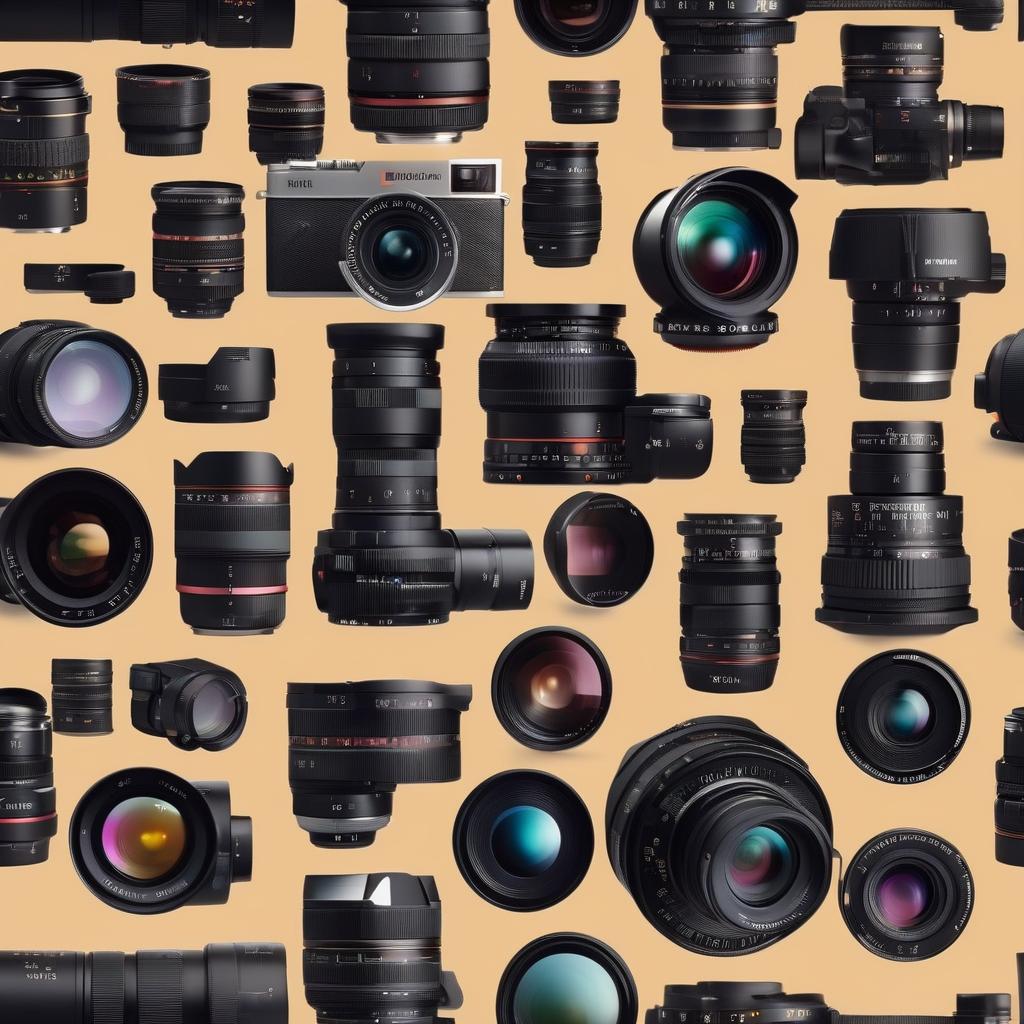
Irrespective of the genre, every movie employs varying visual effects to find the perfect aesthetic. Different types of lenses play a pivotal role in creating these visual effects. For a beginner in cinematography, understanding how specific lenses can affect the outcome of a shot is one of the best cinematography techniques to equip yourself with. Wide-angle lenses, for example, allow for a wide field of view, making them great for landscape shots or capturing a larger scene. In contrast, telephoto lenses have a narrow field of view but can focus on a subject from a far distance, creating a dramatic effect by blurring the background.
Arguably, the versatility in filmmaking is not just about having a variety of lenses, but also about knowing when and how to change them out. Leveraging different lenses for different shots can help set the tone, establish the context, or direct the viewer's focus. For instance, a cinematographer might opt to use a macro lens for a close-up of a character's eye, to encapsulate the intensity of emotion in a poignant scene. Hence, adeptness in swapping lenses, an insightful understanding of their effects, and prudency in their usage is not only crucial but also speaks volumes about a cinematographer's expertise. So, beginners should focus on experimenting with divergent lenses as they navigate their path in the captivating world of cinema.
3. Importance of Lighting in Cinematography

Lighting can significantly influence the mood and tone in filmmaking, making it one of the best cinematography techniques for beginners to learn. Whether using natural or artificial sources, an understanding of its manipulation can create specific atmospheres, enhancing the storytelling potential of any scene. For instance, bright illumination can portray optimism and happiness, while dim lighting might suggest suspense or fear. Therefore, it's crucial to comprehend how lighting can shape the audience's emotional responses, thereby driving engagement in the film.
Interestingly, experimentation plays a considerable role in understanding lighting effects. By practicing with various lighting techniques, beginner cinematographers can visualize the outcome of different lighting settings, hence revealing their impact on film. Consider experimenting with backlighting to enhance a subject's outline or side-lighting to create a sense of depth. Additionally, dramatic effects can be achieved with low-key lighting, a method heavily associated with Noir films, characterized by harsh shadows and a dominant dark tone.
To further appreciate the effectiveness of appropriate lighting, consider analyzing critically acclaimed movies. For example, Roger Deakins’ work on "Blade Runner 2049" showcases exemplary use of lighting to provide mood and enhance the storytelling. Through a comprehensive understanding and strategic application of lighting, beginners can significantly improve their cinematography skills, delivering more captivating and emotionally stirring films.
4. Exploring Different Camera Shots and Angles

Exploring various camera shots and angles is crucial for mastering the best cinematography techniques for beginners. Through diverse shots and angles, you can manipulate how the viewer perceives the scene, giving rise to a myriad of storytelling possibilities. Similar to how a writer uses words to create different moods and convey meaning, a cinematographer uses shots and angles to do the same in a visual format. For instance, a low-angle shot could make a character seem dominating or intimidating, while a high-angle shot could render them vulnerable or insignificant.
Cinematography is a language of visual storytelling; thus, it becomes imperative to practice various camera shots and angles. A static shot can depict tranquillity, while a tracking shot is often utilized to provide a sense of direction. Moreover, a panning shot can effectively set up a scene by showcasing a setting or a change in time, and a close-up shot can reveal a character's emotions and establish intimacy with the viewer. It's crucial to understand when and how to use these tools to evoke certain emotions or underscore critical aspects of the narrative.
Furthermore, understanding and implementing different camera movements is another core aspect of cinematography. Camera movements such as tilting, panning, and dolly shots add dynamism to shots and can be used to signify multiple elements - from the passage of time to transitions between scenes. For instance, a handheld shot can depict the chaos or unease a character feels, while a smooth Steadicam shot can produce a more polished and professional effect. All in all, expanding your repertoire of shots, angles, and camera movements exposes you to a litany of storytelling techniques, essential for developing into a skilled and versatile cinematographer.
5. Secrets Behind Composing an Aesthetic Shot

Unlocking the secrets behind composing an aesthetic shot can transform a beginner into a skilled cinematographer. One of the best cinematography techniques for beginners is understanding the fundamental aesthetics principles - it's not just about pointing and shooting. These principles can include the rule of thirds, balancing elements, leading lines, symmetry and patterns, viewpoint, background, depth, framing, and cropping. Understanding and applying these conventions can significantly enhance the visual quality and impact of your film. For instance, using the rule of thirds to compose your shot can provide pleasing visuals and improved engagement from your audience.
Behind every aesthetic shot is a creative process fueled by the vision and artistry of the cinematographer. This process entails carefully observing your surroundings, visualizing how you can best represent the story or concept in your frame, and finally capturing it with your camera. For example, in a scene reflecting loneliness, an isolated subject in a wide, empty space can eloquently portray this emotion visually. This demonstrates the powerful connection between aesthetic shot composition and storytelling, making it one of the best cinematography techniques for beginners.
Adding to the creative process, embracing experimentation often leads to more uniquely aesthetic composition. Trial and error with different principles can lead to a masterpiece that captures a beautiful combination of aesthetics and storytelling. Successful cinematographers take this to heart. Experimenting with patterns, utilizing unconventional viewpoints, or challenging convention can lead to stunning results. The local beach, for example, can go from a regular background to a dynamic part of the story with the right perspective and light play.
In conclusion, composing an aesthetic shot demands a deep understanding of aesthetics principles, an artistic vision, and a passion for innovative storytelling. By practicing and experimenting with these techniques, you can create expressive and enriching films that captivate your audience. Embrace creativity and always strive to tell meaningful stories visually - this is the secret of aesthetic shot composition.
6. Role of Color in Creating Mood and Tone
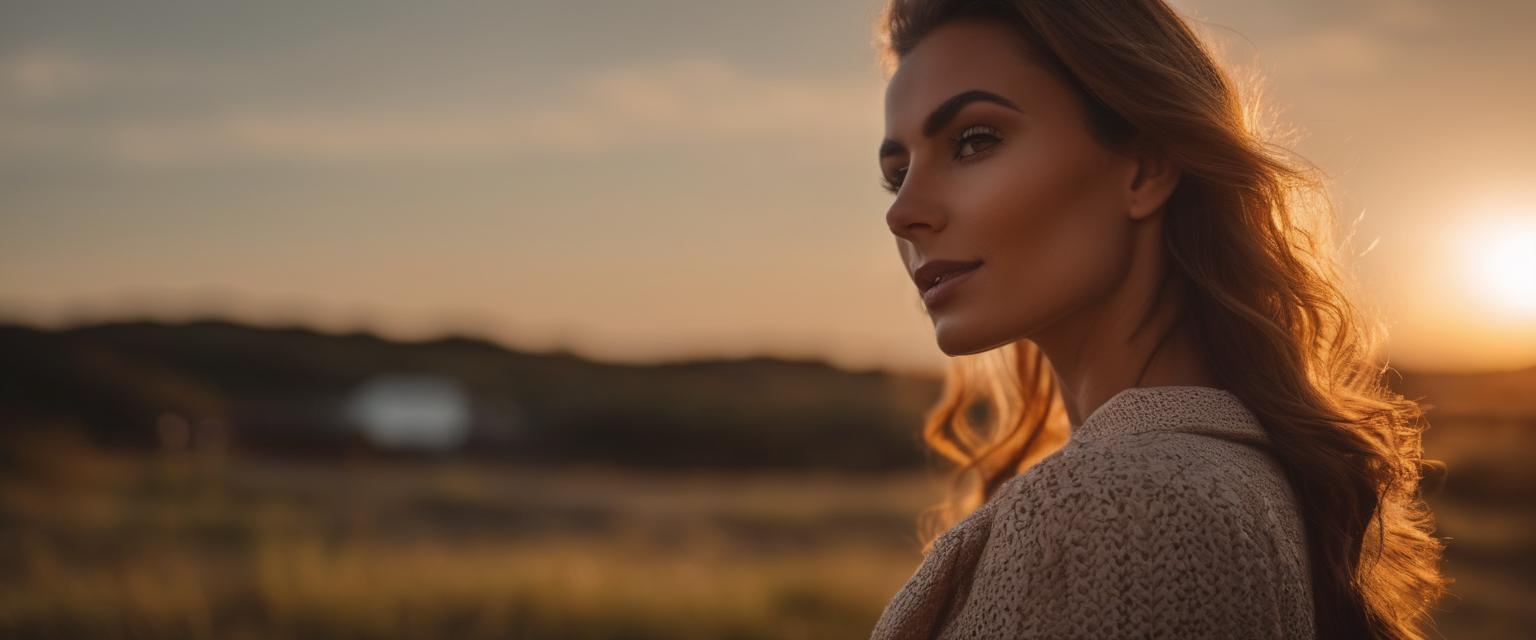
The use of colors in film can be a powerful tool for setting moods and tones, making it one of the best cinematography techniques for beginners to master. For instance, lukewarm colors such as reds and yellows can reflect optimism, romance, or violence, while cooler blues and greens can create a sense of calmness or melancholy. This technique is often referred to as color grading, the process of altering and enhancing the color of a motion picture, video image, or still image. The effects can be stark, turning a bright day into a haunting twilight, or subtle enough to go unnoticed by the viewer.
Moreover, the psychology behind colors should not be overlooked. For instance, the color blue can imply trust and loyalty, but can also express feelings of sadness and despair, exhibiting its dual nature. Exemplifying this, in the film “Her” directed by Spike Jonze, the use of warm, soft oranges and reds harks back to the fond memories of the past and contrasts with the sterile blues of the present reality. As such, the thoughtful application of color in movies can significantly impact how the audience perceives the emotions, characters, and overall atmosphere of the movie, spotlighting the importance of understanding the psychological implications of color in cinematography. This knowledge aids filmmakers in more effectively communicating their narrative and engaging their audience's emotions, setting the tone and mood of each scene.
7. The Art of Deep Focus Cinematography
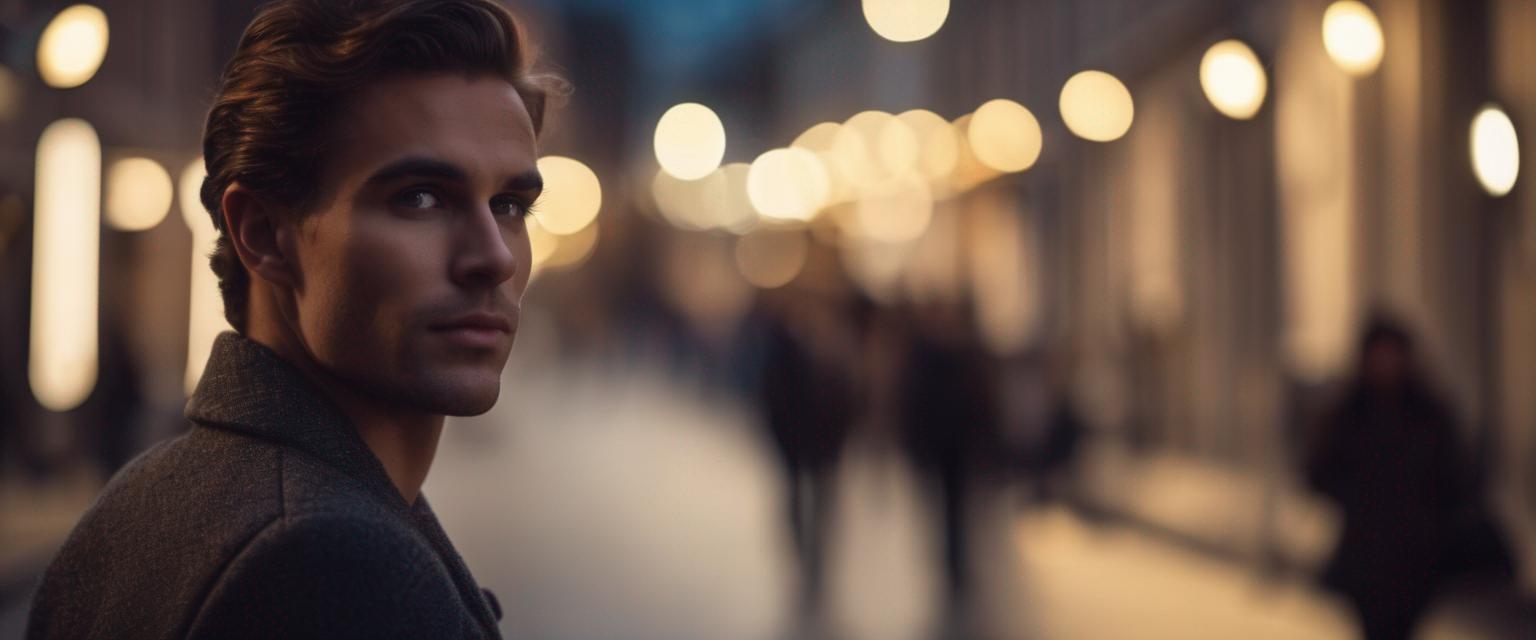
Deep focus cinematography is a technique that allows both the foreground and background of a frame to remain in sharp focus. It's a powerful tool, offering a multitude of storytelling and stylistic opportunities. It's been utilized to great effect in films like Orson Welles' "Citizen Kane," enhancing both the narrative complexity and the visual dynamism of the scenes.
Implementing deep focus, however, is not without its challenges. It often requires intricate lighting setups and advanced camera equipment to successfully achieve and sustain. Even with these technical hurdles, the benefits it brings to storytelling can make it an incredibly rewarding endeavor. For those beginning, it's beneficial to learn how adjusting aperture, lens choice, and camera distance can contribute to maintaining a deep focus shot. As one of the best cinematography techniques for beginners, it encourages a level of thoughtfulness and consideration to frame composition that is essential to good filmmaking. By purposefully choosing what's in focus, beginners can learn to guide the audience's attention and create more immersive scenes. This technique underscores the connection between a film’s visuals and its narrative, and investing time in mastering it can significantly elevate one's cinematography skills. So despite the technical challenges, it's well worth the effort for beginners to experiment with and master the art of deep focus cinematography.
8. How to Use Filters for Enhanced Visual Impact
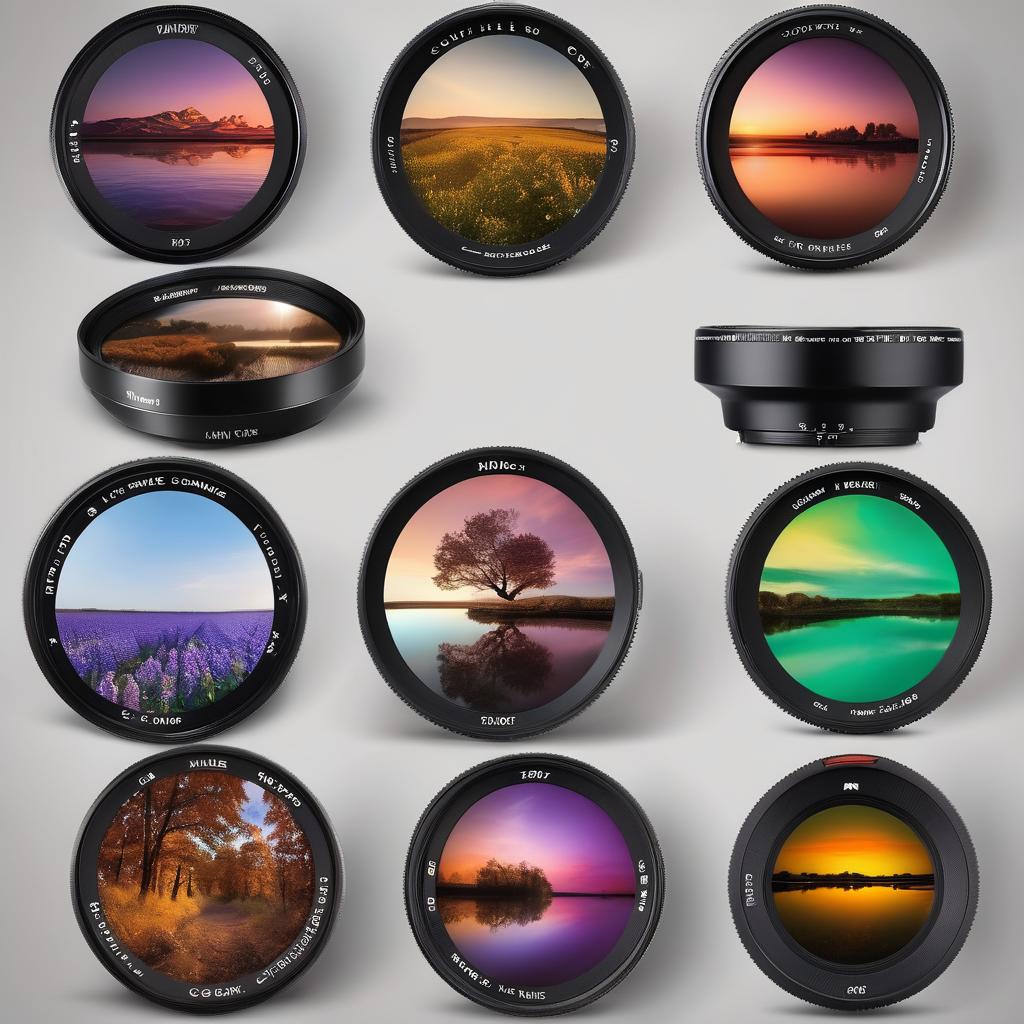
Using filters is a key technique to enhance a film's visual impact, becoming one of the best cinematography strategies for beginners. Filters can drastically improve the visual quality of a film, adding depth and dimension to each frame. They offer a practical way to manipulate and elevate images, whether that's enhancing color, reducing glare, or providing a stylistic effect. For example, a polarizing filter can increase color saturation and contrast, making scenes more vibrant and dynamic. This technique was famously used in the film "Mad Max: Fury Road," turning the harsh desert landscape into an integral character within the story.
Knowing when and how to use filters can greatly enhance the visual impact of your footage. Choose the right filter for the right circumstances. A Neutral Density (ND) filter is used when shooting in overly lit conditions to deliver balanced exposure, while a UV filter protects the lens and can remove the blue cast from scenes. The film "1917," is an example where ND filters were used to maintain a consistent exposure throughout the film owing to its single-take approach.
Remember, utilizing filters is an art form; it not only enhances visuals but also helps to create a desired atmosphere, deepening the narrative impact. It's a creative expression of the filmmaker, lending subjective color to the visual storytelling. It might take a fair amount of experimentation before mastering this technique, but understanding the utility of filters is crucial in the repertoire of any burgeoning cinematographer.
9. Bridge between Cinematography and Storytelling

In delving into the best cinematography techniques for beginners, it is crucial to recognize the significant effect of cinematography on storytelling in films. One could even say that the two are inseparable - each taking part in a symbiotic relationship. You see, cinematography isn't merely about capturing pretty pictures or expansive landscapes. It's a narrative tool that communicates the essence of a story to an audience. For instance, consider the foreboding overhead shots used in director Stanley Kubrick's "The Shining," which aid in underscoring the film's discordant atmosphere. By interweaving elements of lighting, composition, and camera angles, a cinematographer effectively conveys the story's themes and fosters connections between the audience and the narrative.
Now, let's consider someone wading into the field of cinematography - beginners can reap immense benefits from understanding how efficiently good cinematography can complement a film's story. Consider the use of close-ups in revealing characters' subtle emotions or how wide shots portray isolation or loneliness. For instance, in the iconic desert scene in 'Lawrence of Arabia', a wide shot was utilized to create a sense of desolation and insignificance of individuals against the vast Arabian wilderness. Coupling these visual techniques with a compelling narrative can draw the audience into your story more effectively than the script alone.
Of course, this understanding doesn't happen overnight. It requires analysis of numerous films, continual practice, and an innate understanding of visual narratives. A golden tip for beginners is to watch a wide range of films; explore different genres, formats, and styles. This breadth of exposure can help you understand how varying cinematography styles can impact storytelling. Learning from the greats is a practical step forward - studying how veteran cinematographers have used the camera to enhance storytelling will provide a firm foundation. Remember, every shot, every camera movement, every lighting decision should serve the story - this is the true power of cinematography.
10. How Correct Framing Can Tell a Story

A grasp of framing is crucial for beginners figuring out the best cinematography techniques, particularly for the way it can contribute to a richer and more engaging storytelling experience. Framing refers to how the subjects and objects are positioned within the boundaries of a shot or scene. Proper framing can effectively communicate an emotion, highlight the importance of a particular character or object, or even reveal plot details without the need for dialogue.
There are several framing techniques one can leverage as a cinematographer. For instance, a rule of thirds technique, often used in photography, can help bring balance or tension to a shot. Close-ups and wide shots each evoke different feelings and facts to a viewer. Understanding how the position of people and objects within the frame influences viewer perception can enhance one's storytelling abilities. An example could be using a medium close-up on a character during a moment of intense emotion, bringing the audience closer to the character and their feelings. In contrast, a long shot of a lone individual in an expansive landscape can highlight isolation or freedom, the possibilities are endless when it comes to framing in cinematic storytelling.
11. The Magic of Long Takes in Film Making

Delving into one of the best cinematography techniques for beginners, the "long take" stands as a fascinating method that enhances storytelling in any film. This technique refers to extended, uninterrupted shots in a film that continue over a substantial period – often over a minute. In use, it captivates viewers by upholding real-time on screen and brings them closer to understanding and immersing in the story, enriching the viewer's experience.
Executing effective long takes is both an art and a technical prowess that new cinematographers must master. Filmmakers like Orson Welles in "Touch of Evil" or Alfred Hitchcock in "Rope" have used it to create suspense and intensify the narrative arc. For a beginner, analysing these films could serve as a valuable lesson in understanding the nuanced application of this technique. Remember, while it might be tempting to overuse this technique for its singular impact, the secret lies in using it sparingly to punctuate the narrative at the right moments for heightened emotional impact. Thus, while challenging, learning how to pull off long takes effectively can greatly enhance your cinematographic repertoire and help you convey story nuances with aplomb.
12. Understanding the Power of Close-ups

Bringing scenes to life and evoking an emotional connection with your audience is a tricky aspect of cinematography. The power of close-ups is often underestimated or overlooked by beginners. Yet, this is one of the best cinematography techniques for beginners to master. Indeed, close-ups are significant for cinematic storytelling, bringing out intensity, and transporting viewers into the heart of the action or into the character's emotional state. Remember, capturing the minute details—a sparkle in the eye or a subtle smile—can often have a profound impact, evoking deep emotions in the viewers.
Before executing a close-up shot, it is crucial to understand what you want to communicate to the viewers and how it ties up with the storyline. Whether it's the tear rolling down a protagonist's cheek to signify defeat, or a close shot of the antagonist's menacing grin, close-ups can powerfully amplify the narrative. It is equally important to have an aesthetic sense of the subject and their positioning in relation to the camera while framing a close-up shot.
The success of a close-up shot is also dependent on coherent focus, precise lighting, and an appropriate backdrop. Natural light works the best for close-ups as the soft, diffused light accentuates the subject's features. Start with a simple background that doesn’t detract from your main subject and ensure that the focus is sharp. Tweaking these details can alter the viewer’s perception, helping you to create a shot that resonates.
Mastering close-up shots isn't a feat achieved overnight. With practice and persistence, this can indeed become a powerhouse tool in your cinematography arsenal. Always remember, in the world of film, subtlety can sometimes be much more powerful than open ostentation and close-ups offer the perfect medium to convey the subtle nuances of a story.
13. The Relevance of Sound in Cinematography
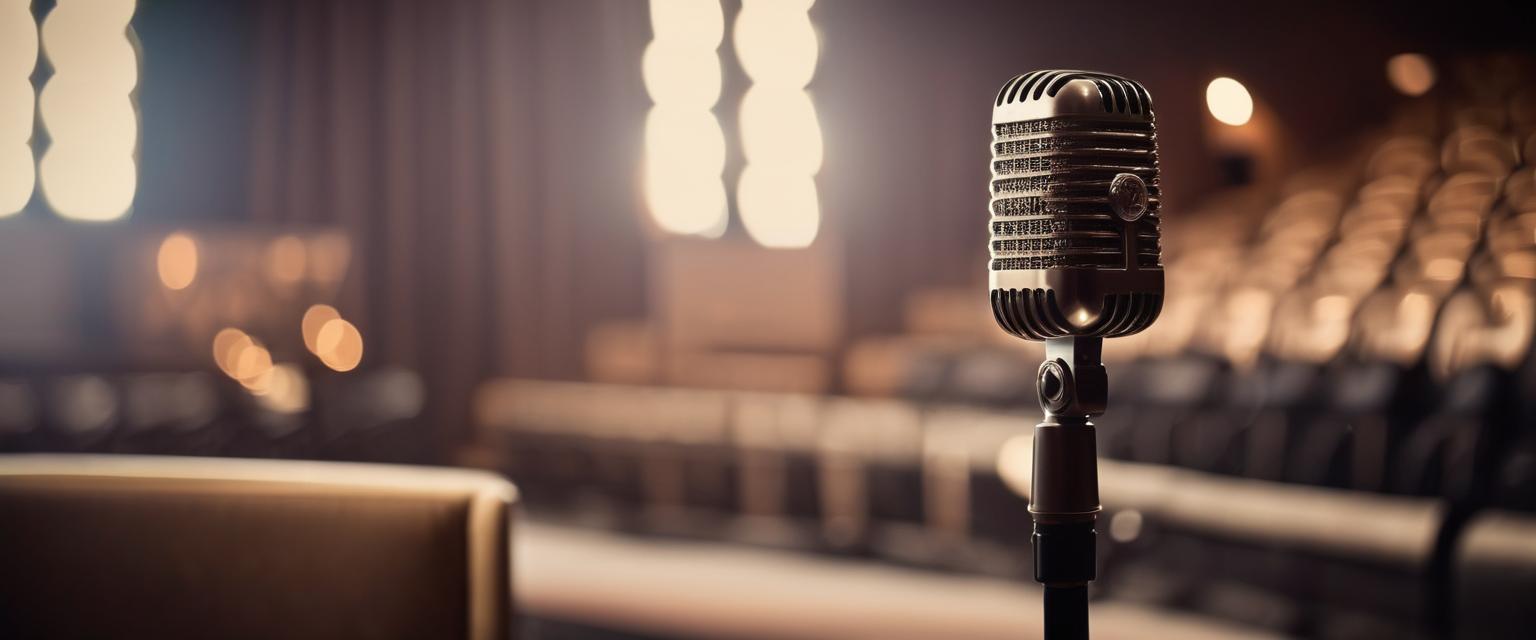
Good cinematography seamlessly intertwines visuals and sounds to create an immersive experience for the viewer. This synergy between the visual and the audible allows filmmakers to induce specific moods, themes, and drive their narratives forward. According to experts, some of the best cinematography techniques for beginners involve the use of sound as an integral part of their storytelling tool kit. This mastery over sound can elevate their cinematography skills, transforming their films from simple visual stories into multi-sensory experiences.
When used effectively, sound can considerably enhance the film's overall visual experience. For instance, suspenseful music can send chills down the viewer's spine during a thriller's climax or the sound of waves subtly hinting at tranquility in a romantic scene. On one hand, the actual sounds that the objects in the scene produce, also known as diegetic sound, immerse viewers in the film's world. On the other hand, the non-diegetic sounds, like background music and voiceovers, can help drive the narrative forward and mold the viewer’s emotional response.
Think of sound as an invisible tool in your cinematography arsenal that can greatly influence the film's mood and theme. It is not about being loud or extravagant, but about being precise and effective in the use of sound. To illustrate, the rustling of leaves can signify loneliness, while the ticking of a clock can build tension. Overall, the value of sound cannot be understated in cinematography. Indeed, the best cinematography techniques for beginners must include strategies to leverage sound to their advantage, thus enhancing storytelling in their films.
14. Decoding the Magic of Slow Motion and Fast Motion
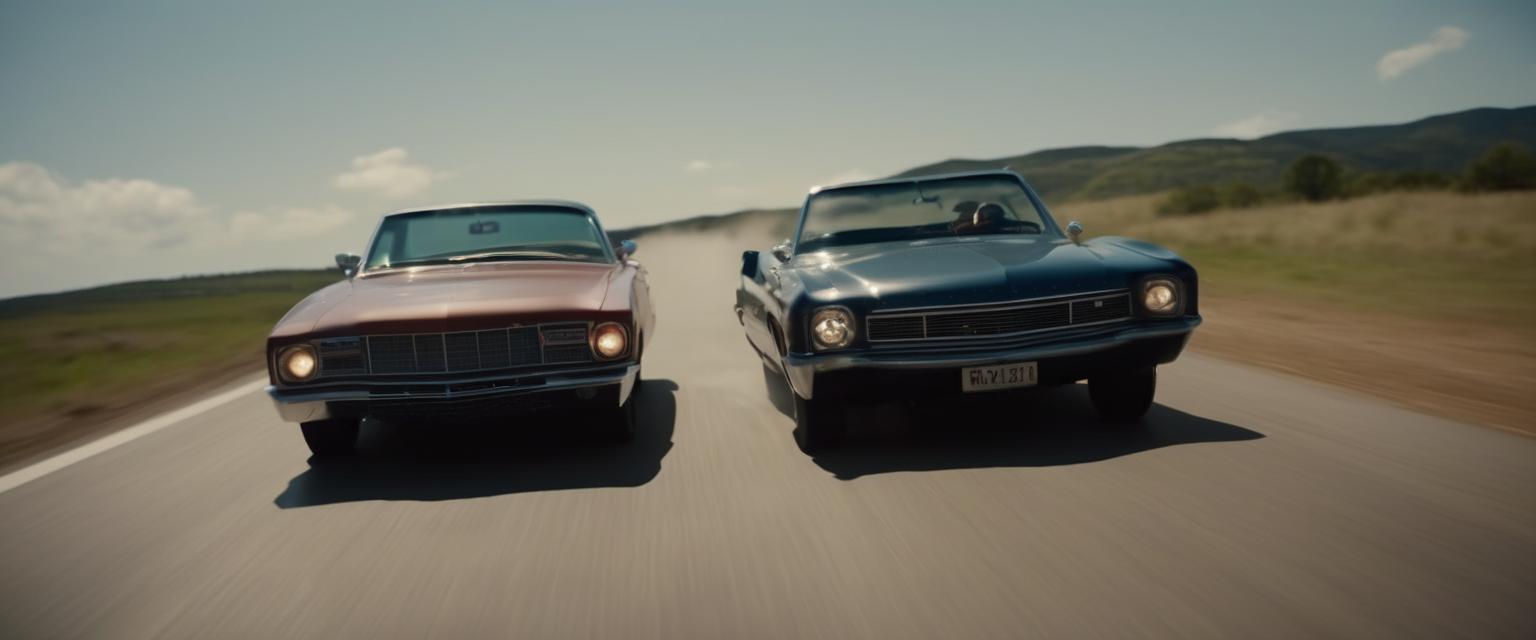
Slow motion and fast motion techniques are two of the best cinematography techniques for beginners that hold profound emotional effects when applied aptly in movies. These techniques being powerful tools, can drastically change the mood and timing of a scene, laying a significant impact on the narrative. Putting it simply, slow motion, by over-cranking the camera, can stretch a scene's duration, thereby magnifying emotional intensity. On the other hand, fast motion, achieved through under-cranking, is perfect for accelerating the pace of scenes, stimulating emotions of urgency, or comedic effect.
For instance, consider a scene where a protagonist runs through a battlefield. Using slow motion could heighten the tension, stretching each moment to emphasize the character's perseverance or struggle. Contrarily, applying the fast motion technique could imbue a sense of chaos or rushed desperation.
However, the correct application of these techniques requires practice and understanding of narrative consequences. Ideally, novices should start by experimenting on simple scenes, gradually escalating to more complex shots. Mastering this craft enables filmmakers to fine-tune their storytelling, exploiting the viewer's psychological response to different pacing. In summary, while these techniques are compelling storytelling elements, their usage must consistently serve the narrative intent of the film.
15. Tips on Maintaining Continuity
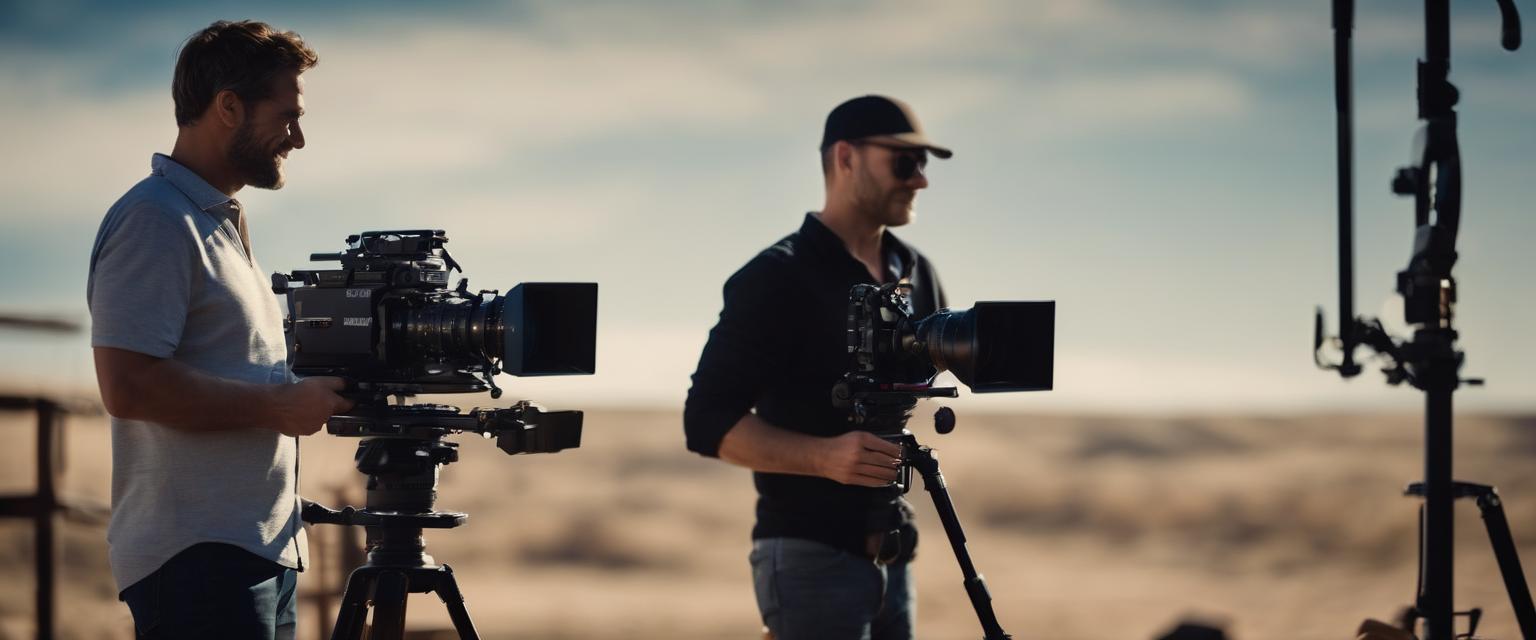
Mastering the art of maintaining continuity is crucial in bringing out the best cinematography techniques for beginners. Continuity in film making refers to the consistency of certain aspects such as the plot, setting, or even character behavior from shot to shot. Any lapse in continuity can compromise the fluidity of the story, disrupting the overall visual and emotional impact of the film.
A constructive way to maintain continuity is to practice the use of continuity sheets. These sheets are checklists where the filmmakers note the details of each shot, including props, costumes, lighting, camera settings, and positioning of characters. The use of these sheets can save time during both shooting and editing stages, ensuring a seamless transition from shot to shot. In essence, they solidify the maintenance of continuity, thus enhancing the storytelling aspect of the film.
Another practical tip for preserving continuity is the use of script supervisors. They play a pivotal role in maintaining consistency in films. The script supervisor is responsible for making sure all the aspects of a shot align correctly with subsequent shots. They are the eyes that thoroughly scrutinize each take to ensure that regardless of the angle or subject movement, everything remains consistent. For instance, if a character is holding a coffee cup in his right hand in one shot, the cup should not magically appear in his left hand in the next shot unless there is a justified reason.
Finally, to achieve the best cinematography techniques for beginners, one must pay attention to detail. Minute details such as a character's hairstyle, a clock on the wall, or the weather in a scene shouldn't change abruptly within the same scene sequence unless it is intentionally done to drive the story. Regular scrutiny of the raw footage can help mitigate these errors. Therefore, maintaining continuity is not just about preserving the flow in the film but also about anchoring truthfulness and believability, contributing to the making of a compelling and immersive cinematic experience.
16. How to Practice Cinematography at Home
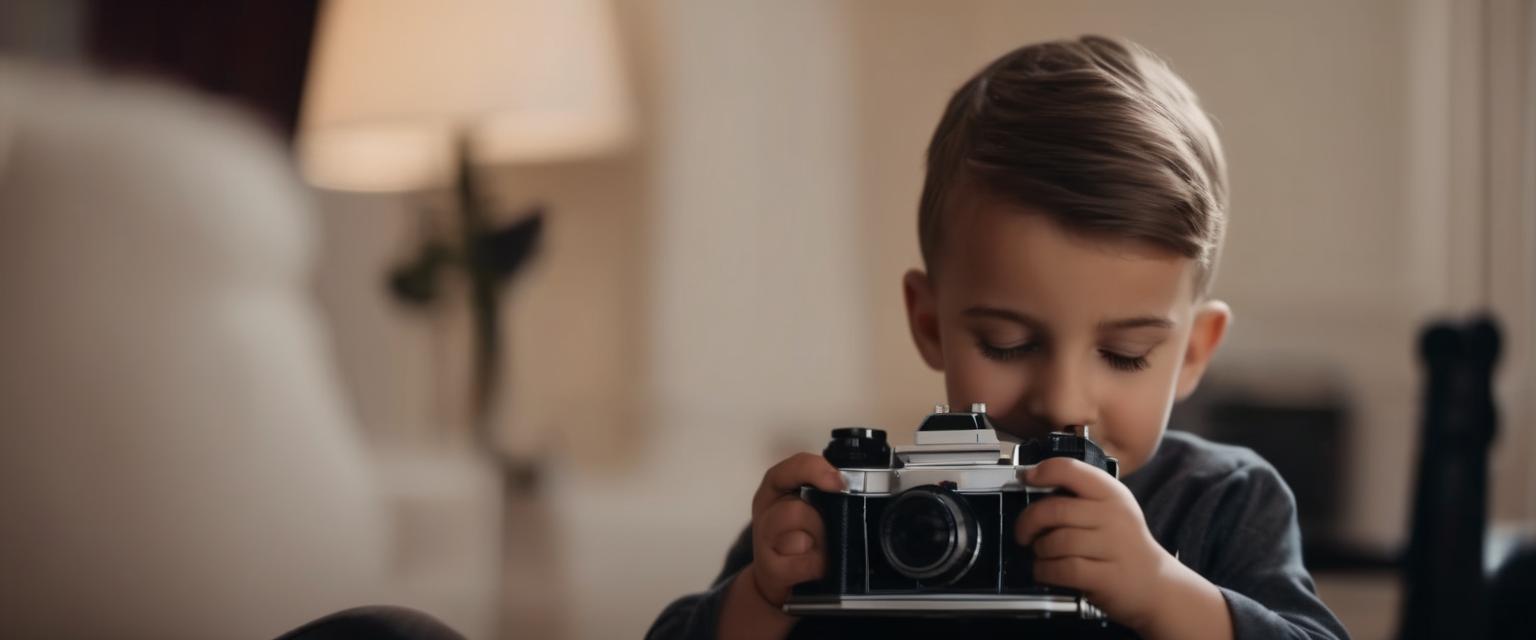
As we conclude our exploration of the best cinematography techniques for beginners, let's focus on how to hone these skills right where you are – at home. You can immerse yourself in several at-home practices to sharpen your basic cinematography abilities. In order to perfect your craft, self-learning and experimentation are key. Start by dedicating set times to practice different techniques, manipulate various camera settings, play around on different lenses, and experiment with both artificial and natural lighting. Get creative with different shots, angles, and color grades.
Strength in cinematography lies in your willingness to innovate; use your immediate environment to challenge yourself and don't shy away from experimentation. As with any art form, stating solutions often gives rise to better questions for growth and expansion within your craft. Enjoy the journey of learning, and remember that with each step, you're building the foundation of your cinematic vocabulary. By practicing at home, you provide yourself the safe space to make mistakes and learn from them, hence becoming more confident in your approach to filmmaking.
